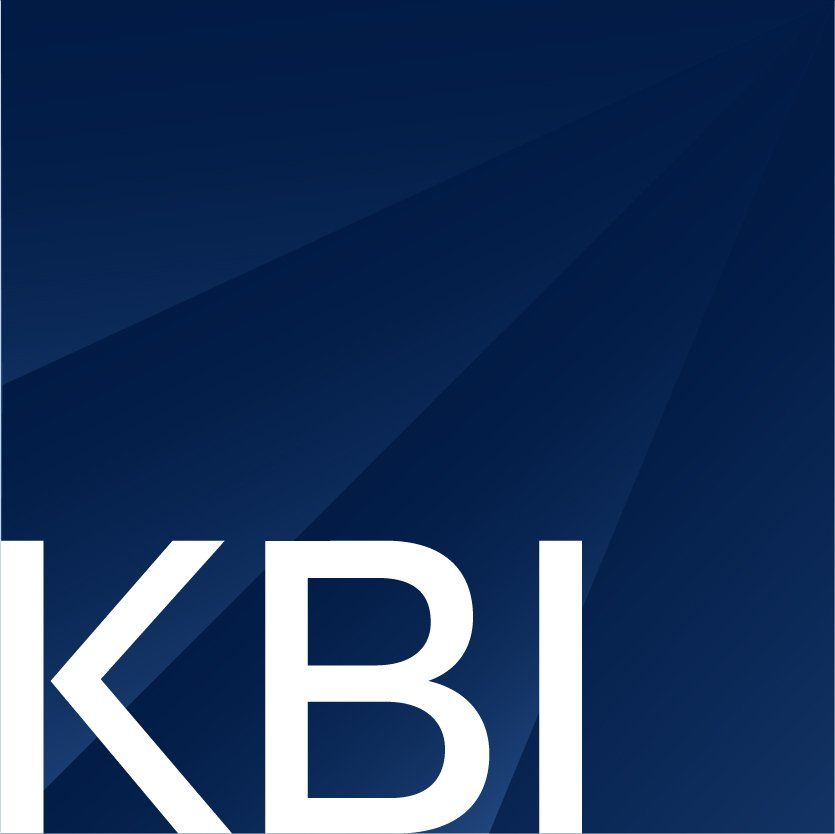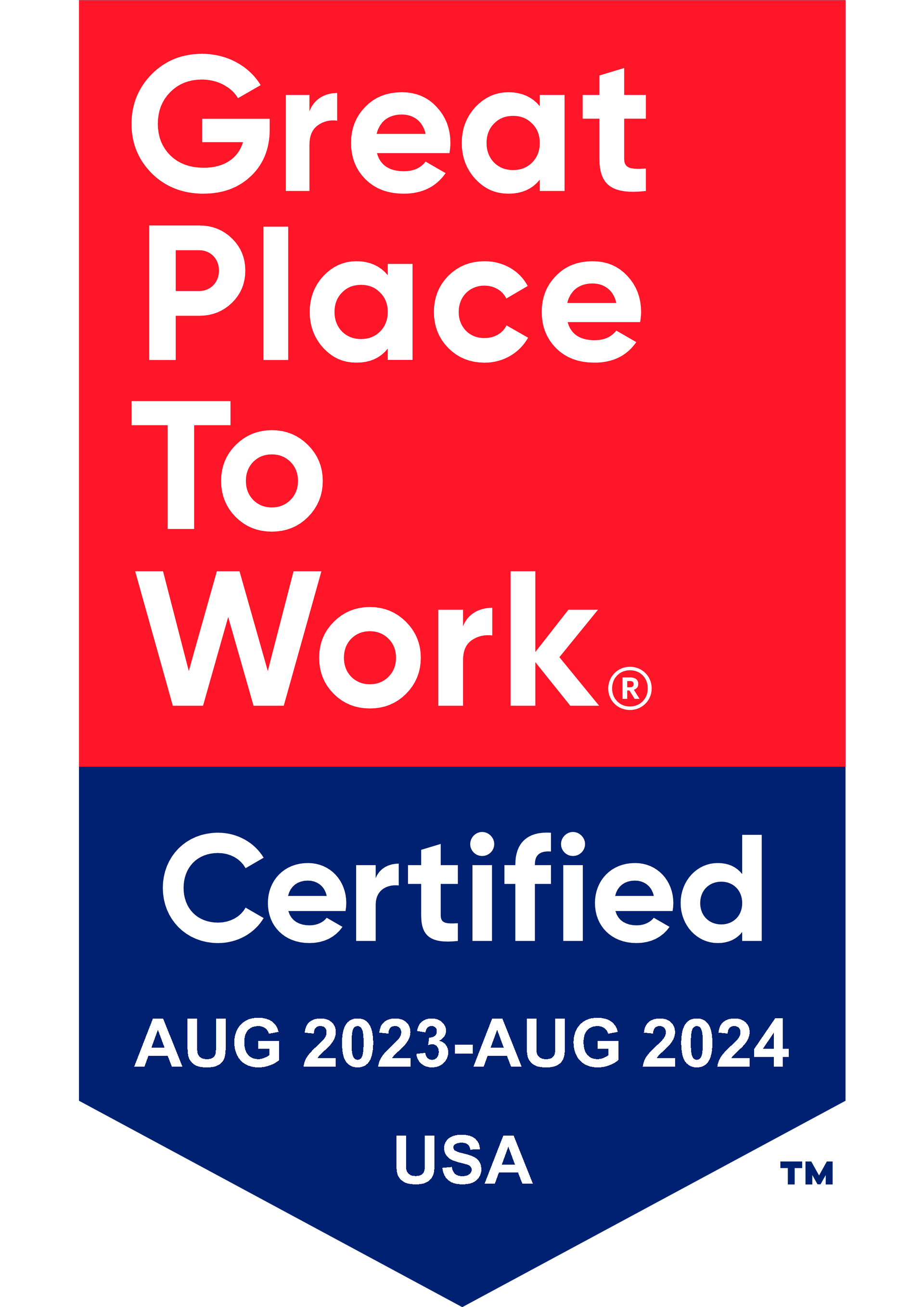Get in touch
408-366-8880
mymail@mailservice.com

How Designing a Time Off Program Improves Your Employee Benefits Offerings

Effective management plays a critical role in ensuring smooth workplace operations. One key component of this is creating a time off program that meets employees' needs while aligning with the company’s goals. Employee benefits consultants can be invaluable in this process, helping you integrate additional benefits into your plan and making your company more attractive to potential hires. Studies show that managing time off effectively, ensuring employees take sufficient breaks, improves retention rates and job satisfaction. Let’s explore how enhancing your benefits offerings can positively impact your workforce.
Understanding the Importance of Employee Time Off Programs
Time off programs are essential for combating burnout, improving productivity, and boosting morale. Giving employees the opportunity to rest helps reduce stress levels and recharge their energy. A well-designed time off program also signals that the organization cares about its employees' well-being, which fosters loyalty and strengthens company culture. Expanding these programs is not only beneficial for employees but also reinforces a positive and supportive work environment.
Key Elements of a Successful Time Off Program
A successful time off program is built on clear policies, flexibility, and accessibility. Clear policies outline what employees are entitled to, while flexibility accommodates different personal and professional needs. Additionally, the program should be easy for all employees to access without unnecessary hurdles. These core elements create a fair and efficient system that meets both business objectives and employee expectations.
Enhancing Job Satisfaction Through Thoughtful Benefits Design
A thoughtfully designed benefits system can significantly boost job satisfaction by addressing key employee pain points. Offering a variety of time-off options—such as vacation leave, sick leave, and personal days—helps employees navigate different life circumstances. This approach demonstrates that the employer values their lives beyond the workplace, increasing employee loyalty and their desire to stay with the organization long term.
Steps to Implement a Custom Time Off Program
Implementing a custom time off program involves several key steps:
- Evaluate employee needs: Understand current employee preferences and identify areas for improvement.
- Establish clear policies: Develop policies that are fair, attract attention, and meet ethical standards.
- Create a feedback mechanism: Ensure the program can adapt and evolve based on feedback for long-term effectiveness.
FAQs
What is the purpose of a time off program?
A time off program allows employees to take necessary breaks, preventing burnout and boosting productivity in the long run.
How can an employee benefits consultant help my business?
Employee benefits consultants assist in developing suitable and compliant benefits plans that address both employees' needs and legal requirements.
What are fringe employee benefits?
Fringe benefits go beyond standard offerings and vary by organization. Examples include gym memberships or wellness allowances, all designed to support employees' health and well-being.
Conclusion
By implementing clear policies, seeking professional advice, and offering a range of benefits, you can create a positive workplace culture that promotes work-life balance, enhances morale, and improves employee retention.
For more personalized information on how to implement an effective time off program into your employee benefits, reach out to a KBI Benefits agent today. Our collective decades of employee benefits experience can save your company up to 40% on your employee benefits costs without compromising on the quality of your benefits.
Services
Latest Thinking



